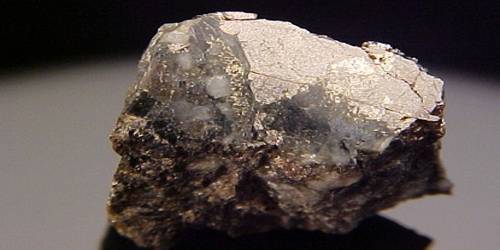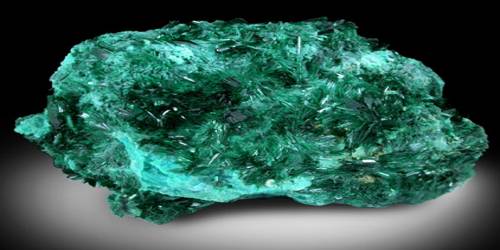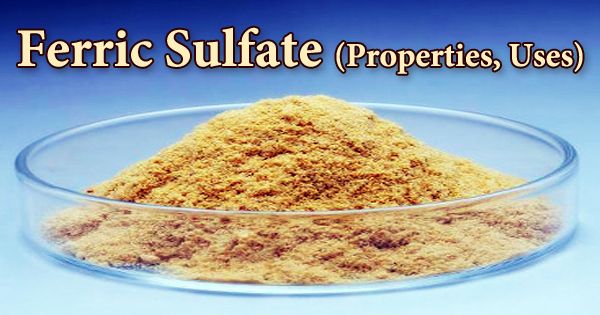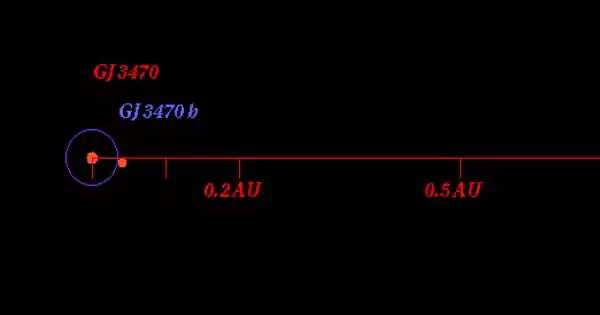Dualite is a very rare and complex mineral of the eudialyte group, its complexity being expressed in its formula: Na30(Ca, Na, Ce, Sr)12(Na, Mn, Fe, Ti)6Zr3Ti3MnSi51O144(OH, H2O, Cl)9. The formula is simplified as it does not show the presence of cyclic silicate groups. The name of the mineral comes from its dual nature: zircono- and titanosilicate at once. Dualite has two modules in its structure: alluaivite one and eudialyte one. After alluaivite and labyrinthite it stands for the third representative of the eudialyte group with essential titanium.
General Information
- Category: Silicate mineral, Cyclosilicate
- Formula: Na30(Ca,Na,Ce,Sr)12(Na,Mn,Fe,Ti)6Zr3Ti3MnSi51O144
- Crystal system: Trigonal
- Crystal class: Ditrigonal pyramidal (3m)
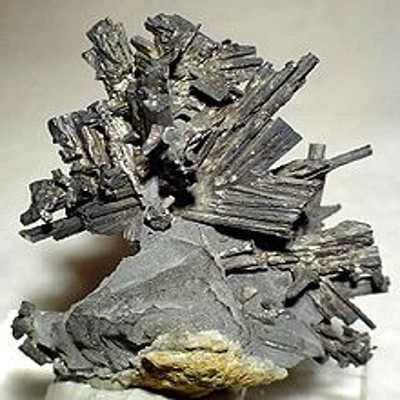
Properties
- Color: Yellow
- Crystal habit: anhedral grains
- Fracture: Conchoidal
- Tenacity: Brittle
- Mohs scale hardness: 5
- Luster: Vitreous
- Streak: White
- Diaphaneity: Transparent or Translucent
- Density: 2.84 (measured), 2.81 (calculated; approximated)
- Optical properties: Uniaxial (+)
Occurrence and association
Dualite was found in peralkaline pegmatoid rock at Mt Alluaiv, Lovozero massif, Kola Peninsula Russia. It associates with aegirine, alkaline amphibole, cancrinite, eudialyte, K-Na feldspar, lamprophyllite, lomonosovite, lovozerite, nepheline, sodalite, sphalerite, villiaumite, and vuonnemite.
Information Source:


